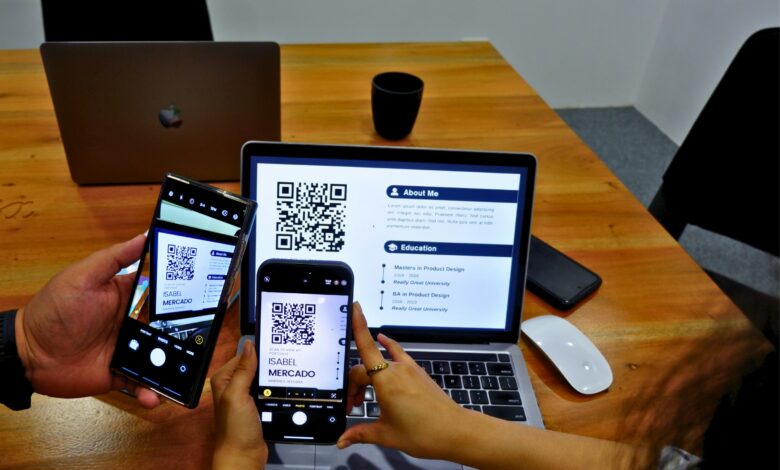
As organisations race to adapt to evolving workforce needs, the way talent is found and hired is taking a very different shape. The traditional CV, long the backbone of recruitment, is quickly losing relevance in a world where roles shift faster than credentials can keep up. In its place, skills-based hiring, powered by Generative AI (GenAI), is emerging as a smarter, more flexible model, especially in the growing contingent workforce.
Recent research shows that nearly 70% of businesses plan to leverage AI to support decision making across hiring, recruitment, and workforce strategy in the next 18 months. This shift isn’t just about automating processes or saving time, it signals a broader cultural and operational change in how organisations define, identify, and deploy talent.
Why skills are replacing job titles
Hiring decisions have traditionally hinged on credentials. Degrees, job titles, and years of experience. But these signals often fail to reflect a person’s true capabilities, particularly for contingent workers who build skills through varied and nonlinear paths.
By contrast, GenAI enables recruiters and workforce leaders to analyse real-world skills and capabilities drawn from a range of sources, including CVs, project outputs, recorded interviews, and performance feedback. It understands context, recognises transferable skills, and can help surface candidates who may otherwise be overlooked by rigid keyword filters.
This evolving understanding of talent is driving a shift from legacy models of recruitment toward a skills-first approach, one that values potential and performance over pedigree.
The impact on contingent workforce planning
These capabilities are especially transformative in contingent workforce management, where speed, precision, and adaptability are critical. Organisations today increasingly rely on contractors and freelancers to fill skill gaps and meet fluctuating demand. But managing this external workforce at scale – often across borders and time zones – presents significant logistical and strategic obstacles.
GenAI helps solve these challenges by introducing intelligence into every stage of the contingent workforce lifecycle. It can forecast future skill needs by analysing historical project data, assist in writing more accurate job descriptions aligned to actual deliverables, and even help match individuals to projects based on nuanced capabilities rather than job titles alone.
As a result, workforce leaders are moving from reactive staffing models to proactive workforce planning, ensuring talent pipelines are aligned with long term business needs rather than short term availability.
Recruitment workflows reimagined
GenAI is also streamlining and elevating other parts of the recruitment process. In screening candidates, natural language processing allows AI systems to read between the lines, understanding that cross functional collaboration might align with project leadership, or that mentoring junior staff reflects strong team building skills.
Beyond traditional screening, GenAI is increasingly being used to assess soft skills, sentiment, and even culture fit by analysing language patterns in applications or interviews. These insights give hiring teams a richer, more holistic understanding of each candidate, while reducing unconscious bias.
In the context of the contingent workforce, this means more accurate matches, reduced time to fill, and stronger project outcomes, all without sacrificing fairness or rigour.
Redefining job roles and learning pathways
Job descriptions themselves are also getting an upgrade. Instead of reusing outdated templates, GenAI enables teams to create customised, data informed descriptions that reflect the real world skills needed for a role. This not only improves candidate quality but also helps companies avoid misalignment between expectations and outcomes.
With the same data driven lens, GenAI can support internal mobility and development by identifying skill gaps, recommending learning pathways, and suggesting upskilling strategies for both permanent and contingent workers. As the job market evolves, these capabilities will be essential for organisations looking to retain talent and stay competitive.
Balancing innovation with responsibility
Of course, the rise of GenAI also brings critical ethical considerations. If trained on biased data, AI tools may inadvertently reinforce systemic inequities. Without transparency, they risk undermining trust in hiring processes.
That’s why human oversight remains essential. AI can accelerate and enhance recruitment, but it should not replace human judgment. Responsible adoption requires cross functional governance, ethical design principles, and regular audits to ensure outcomes are fair, explainable, and aligned with broader organisational values.
Efficiency, equity, and competitive advantage
For businesses navigating skills shortages, economic headwinds, and shifting employee expectations, GenAI offers a powerful toolkit. It empowers hiring teams to act faster and smarter. It enables contingent workforce leaders to plan more strategically. And it opens the door to fairer, more inclusive hiring practices grounded in skills and potential.
The CV isn’t going away overnight. But its dominance is giving way to something more dynamic and data driven. In its place, GenAI is helping organisations move from filling roles to unlocking potential, especially across the extended and contingent workforce.
Those who embrace this shift now won’t just hire better. They’ll build a workforce that’s more agile, future-ready, and fit for the demands of modern work.





